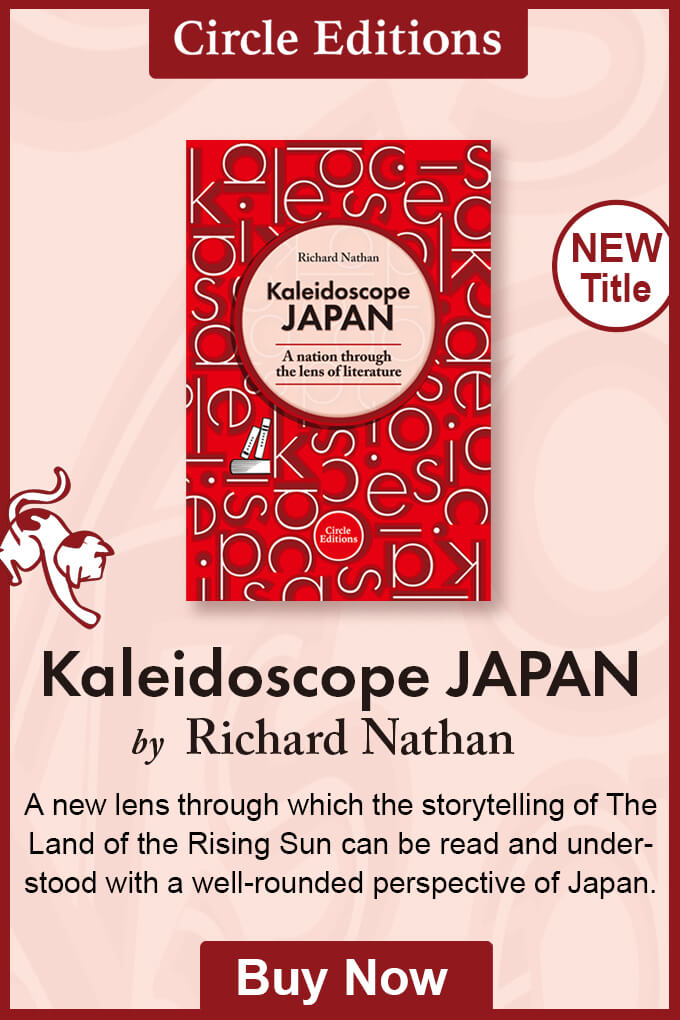The 334-page book was printed in Batavia (Jakarta) Indonesia, where Medhurst was based with his family. It contains Japanese printed in both Roman (Latin) and Japanese letters (characters) together with their English equivalents. Medhurst wrote at the time of publication that the word vocabulary was used in the book’s title as it was “preferred to that of Dictionary, as the work does not profess to include every word in either language”. The book’s second part does, however, contain nearly seven thousand words and is thus considered by some experts to fall within the definition of a dictionary.
Medhurst was one of the early translators of the Bible into Chinese and complied Chinese-English and English-Chinese dictionaries. He was also proficient in Malay, but not Japanese and had to rely on exiting dictionaries and other documents to compile his Vocabulary.
Medhurst wrote in the book’s introduction: “The following compilation is with diffidence offered to the public, principally because the author has never been to Japan, and has never had an opportunity of conversing with the natives: but having through the kindness of several gentlemen from Japan, obtained the sight of some native books, particularly in the Japanese and Chinese character combined, the author has been enabled, from his knowledge of the latter language, to compile the following vocabulary”.
The Japanese translator Hori Tatsunosuke (1823-1892), who initially acted as a Dutch-Japanese translator before learning English is said to have compiled the first “proper” and widely used English–Japanese dictionary, Ei-Wa taiyaku Shuchin jisho (A Pocket Dictionary of the English and Japanese Language), which was published 30 years later in 1862. It was mostly based upon English-Dutch and Dutch-Japanese bilingual dictionaries including sections of A New Pocket Dictionary of the English-Dutch and Dutch-English Languages, and contained about 35,000 headwords and consisted of about a thousand pages.
Another early dictionary was the six-thousand word English-Japanese dictionary, Angeria gorin taisei, compiled on behalf of the Japanese authorities by the Nagasaki-based Dutch interpreter Motoki Shozaemon in 1814, which also drew on Japan ‘s early exposure to the Dutch language. Unlike Medhurst’s 1830 Vocabulary, it was not a two-way bilingual dictionary.
The first Dutch-Japanese dictionary, the Edo Halma, was complied in 1796 by Sanpaku Inamura (1758-1811) using a Dutch–French dictionary published in 1708 by the Dutch printer and publisher Francois Halma (1653-1722) as its base. Dutch helped accelerate Japan’s knowledge of the English language and its study significantly.
However, the earliest Japanese bilingual dictionaries offering translations of Japanese into a Western language were in fact Portuguese-Japanese dictionaries, including the often celebrated Vocabylario da lingoa Iapam compiled in 1603 by Jesuit missionaries.
© Red Circle Authors Limited

